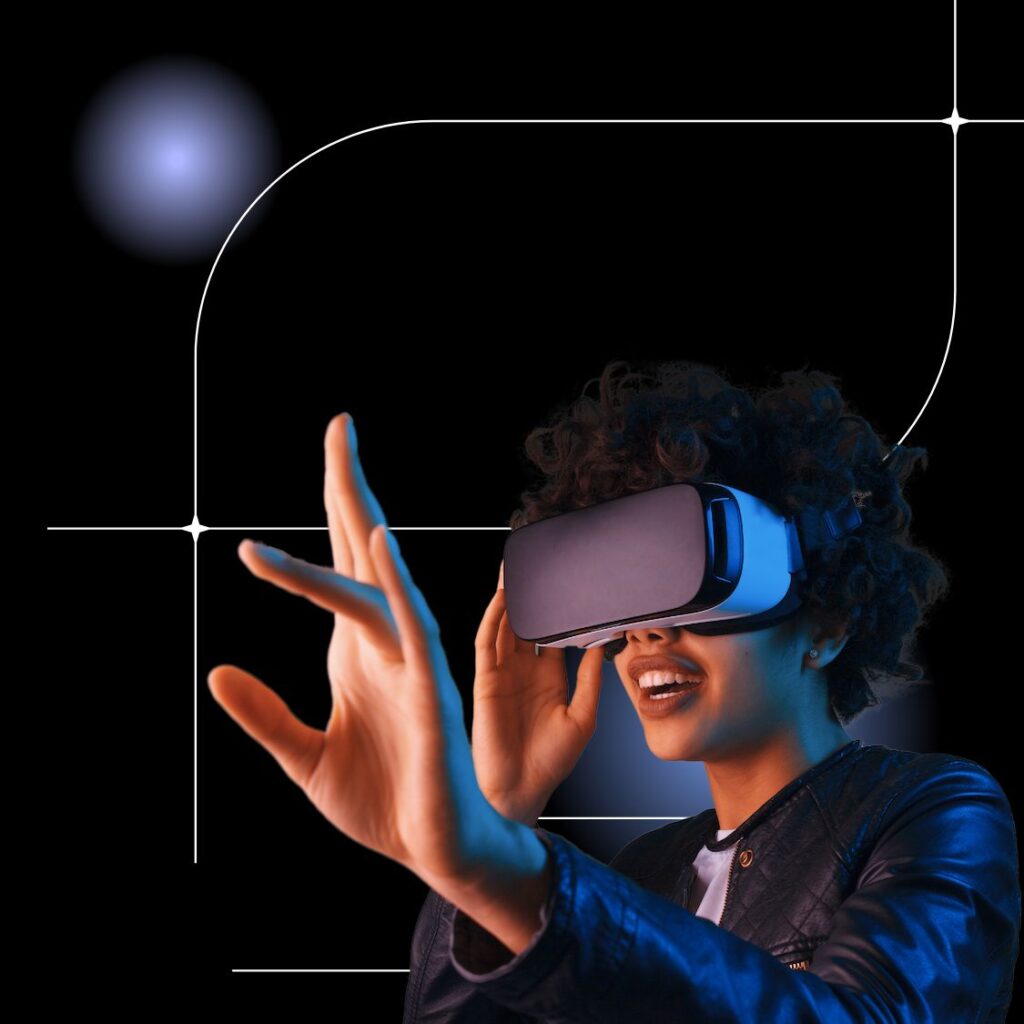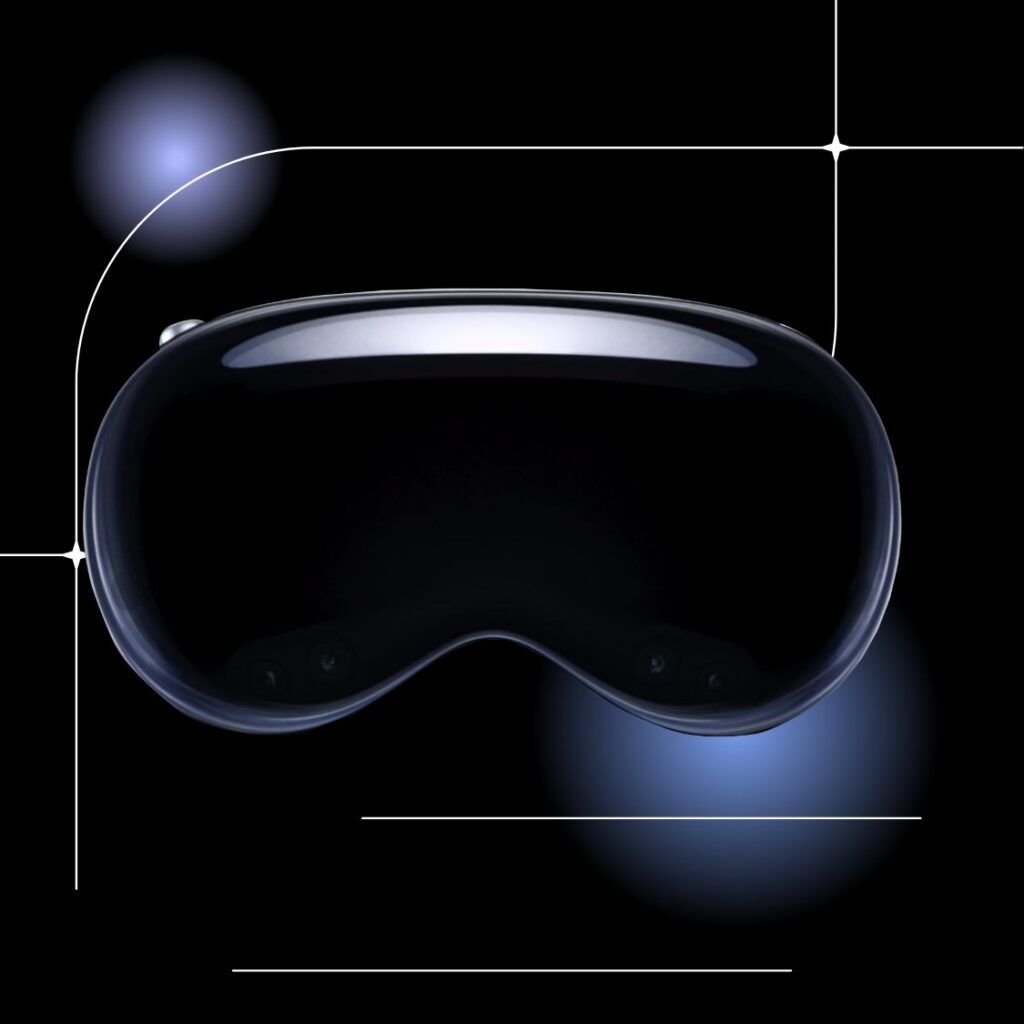Table of Contents
In the dynamic world of real estate, 3D virtual tours have emerged as a revolutionary tool, providing potential buyers with an immersive experience of properties from the comfort of their homes. This guide will delve into the intricacies of creating stunning 3D virtual tours, offering insights into the necessary equipment, staging tips, and best practices.
Understanding 3D Virtual Tours
Definition and Benefits
3D virtual tours offer a simulated, interactive walk-through of a property, allowing viewers to explore the space as if they were physically present. The benefits are manifold: enhanced engagement, increased reach, and a higher likelihood of conversions, as potential buyers can thoroughly inspect properties before making a decision.
Choosing the Right Equipment
Cameras, Tripods, and Other Essential Tools
The foundation of a high-quality 3D virtual tour lies in the equipment. Investing in a high-resolution 3D camera is crucial. Popular choices include the Matterport Pro2 3D Camera and the Ricoh Theta Z1. Additionally, a sturdy tripod ensures stability, while accessories like 360-degree lighting can enhance the visual appeal of your tour.
Software for 3D Virtual Tours
Overview of Leading Software Options: Matterport, iStaging, and Others
Choosing the right software is as important as selecting the right hardware. Matterport is a leading choice, renowned for its user-friendly interface and comprehensive features. Other notable options include iStaging, which offers a robust platform for creating interactive tours, and Cupix, known for its flexibility and affordability.
Preparing the Property
Staging Tips and Tricks
Before capturing the space, proper staging is essential. Ensure the property is clean, decluttered, and well-lit. Pay attention to details—fresh flowers, neatly arranged furniture, and clean windows can make a significant difference. It’s also beneficial to depersonalize the space, allowing potential buyers to envision themselves living there.

Capturing the Space
Step-by-Step Guide to Shooting the Tour
Capturing a 3D virtual tour involves more than just setting up a camera. Start by planning your shots, ensuring you cover all areas of the property. Begin with a wide-angle shot of each room, followed by detailed shots of unique features. Use a consistent height for your shots, typically around five feet, to create a seamless tour.
Editing and Enhancing the Tour
Post-Production Tips: Enhancing Images, Adding Labels, and More
Post-production is where your tour truly comes to life. Use software tools to enhance images, adjust lighting, and correct any distortions. Adding labels and information hotspots can provide viewers with additional context and details about specific areas of the property, further enriching their experience.
Uploading and Sharing the Tour
Best Practices for Uploading and Sharing Your 3D Virtual Tour
Once your tour is complete, it’s time to share it with the world. Upload your tour to your chosen platform, ensuring it is optimized for both desktop and mobile viewing. Share the tour through multiple channels—your website, social media, and real estate listing sites—to maximize its reach and impact.
Case Studies of Successful Tours
Examples from Leading Real Estate Agencies
Examining successful 3D virtual tours from top real estate agencies can provide valuable insights. Analyze what makes these tours stand out—whether it’s the quality of the visuals, the ease of navigation, or the additional information provided. Learn from these examples to refine your own approach.

Troubleshooting Common Issues
Solutions to Frequent Problems in 3D Virtual Tour Creation
Creating 3D virtual tours can come with its challenges. Common issues include image distortions, stitching errors, and poor lighting. Troubleshooting these problems involves adjusting camera settings, using editing software to correct errors, and ensuring adequate lighting during the shoot.
Future of 3D Virtual Tours
Trends and Innovations in the Real Estate Industry
The future of 3D virtual tours in real estate looks promising. Emerging trends include the integration of augmented reality (AR) and virtual reality (VR), offering even more immersive experiences. Additionally, advancements in AI and machine learning are set to make virtual tour creation more accessible and efficient.
FAQs
What are the benefits of 3D virtual tours for real estate?
3D virtual tours offer several benefits, including increased engagement, wider reach, and a higher likelihood of converting potential buyers into actual buyers by providing an immersive experience.
What equipment is needed to create a 3D virtual tour?
Essential equipment includes a high-resolution 3D camera, a sturdy tripod, and 360-degree lighting. Popular camera choices are the Matterport Pro2 3D Camera and Ricoh Theta Z1.
Which software is best for creating 3D virtual tours?
Leading software options include Matterport, known for its comprehensive features, and iStaging, which offers a robust platform for creating interactive tours.
How should I stage a property for a 3D virtual tour?
Staging tips include ensuring the property is clean, decluttered, and well-lit. Pay attention to details such as fresh flowers, neatly arranged furniture, and clean windows to enhance the visual appeal.
What are common issues in creating 3D virtual tours and how can they be resolved?
Common issues include image distortions, stitching errors, and poor lighting. These can be resolved by adjusting camera settings, using editing software to correct errors, and ensuring adequate lighting during the shoot.
What is the future of 3D virtual tours in real estate?
The future looks promising with trends such as the integration of augmented reality (AR) and virtual reality (VR), as well as advancements in AI and machine learning making virtual tour creation more accessible and efficient.
Wrapping Up
“I believe this guide on creating 3D virtual tours for real estate is not only comprehensive but also immensely practical for anyone looking to elevate their property listings. The step-by-step approach ensures that even those new to the concept of virtual tours can understand and apply the techniques effectively. From choosing the right equipment to troubleshooting common issues, the guide covers all bases, making it a valuable resource. What excites me the most is sharing insights on emerging trends like AR and VR integration, which are set to redefine the real estate landscape. This article aims not just to inform but to empower real estate professionals to adopt technology that can transform their property showcases. I’m particularly proud of the detailed sections on software and staging tips, which are crucial for producing high-quality virtual tours. Overall, this piece is designed to be a go-to resource, helping professionals not just keep up, but stay ahead in a competitive market.
- All Projects
- Blog










